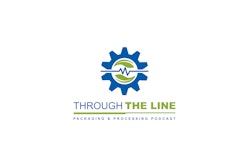
The FDA has issued the Computer Software Assurance for Production and Quality System Software draft guidance to provide recommendations on computer software assurance for computers and automated data processing systems used as part of medical device production or the quality system.
When final, the guidance will supplement the FDA’s guidance, General Principles of Software Validation, and supersede Section 6 (Validation of Automated Process Equipment and Quality System Software) of the Software Validation guidance.
The FDA believes applying a risk-based approach to computer software used as part of production or the quality system would better focus manufacturers’ assurance activities to help ensure product quality while helping to fulfill the validation requirements of 21 CFR 820.70(i). The FDA believes that the guidance recommendations will help foster the adoption and use of innovative technologies that promote patient access to high-quality medical devices and help manufacturers to keep pace with the dynamic, rapidly changing technology landscape, while promoting compliance with laws and regulations implemented by the FDA.
By allowing manufacturers to leverage principles such as risk-based testing, unscripted testing, continuous performance monitoring, and data monitoring, as well as validation activities performed by other entities (e.g., developers, suppliers), the computer software assurance approach provides flexibility and agility in helping to assure that the software maintains a validated state consistent with 21 CFR 820.70(i).
Software that is fit for its intended use and that maintains a validated state should perform as intended, helping to ensure that finished devices will be safe and effective and in compliance with regulatory requirements (see 21 CFR 820.1(a)(1)).
To download the draft guidance, click here. Comments on the draft guidance should be submitted before November 14.





















